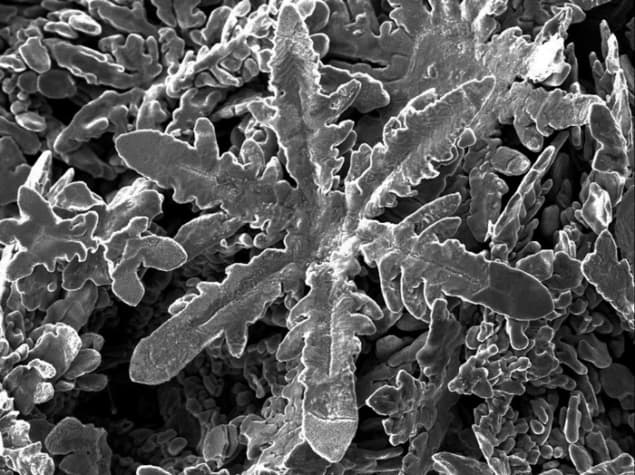
The spin imparted on a baseball by a pitcher plays a crucial role in the ball’s trajectory – and how easy it is for the batter to hit the ball. If the ball has lots of spin, the Magnus effect will cause it to take a curved path towards the batter – with the strength of the curve depending on the spin of the ball. So, if a pitcher can vary the spin between pitches, they can confuse the batter and make them strike out.
The opposite strategy is the knuckleball, whereby little or no spin is imparted to the ball. This results in the ball following an erratic trajectory – making it difficult to hit. However, this can be a very risky strategy because the pitcher has little control over the trajectory, and the ball could end up outside of the strike zone.
Some professional pitchers are better than others when it comes to controlling the spin of a baseball. As a result, some players may be tempted to put a foreign sticky substance on their hand to get a better grip on the ball – something that is banned in Major League Baseball, with the exception of rosin.
Level the playing field
Now researchers at Tohoku University in Japan have looked at how sticky substances such as rosin affect friction between fingers and baseball leather. Not surprisingly, Takeshi Yamaguchi, Daiki Nasu and Kei Masani found that the substances increased friction. However, they also discovered that rosin – which can be used by pitchers – increases the friction in a consistent way when different people are tested. As a result, its use tends to level the playing field.
The trio also found that baseballs used in Japan imparted more friction than those used in the US. By increasing the friction of US balls, they suggest, American pitchers may not be tempted to cheat by using sticky substances.
The research is described in Communications Materials.
This is the last Red Folder of the year before we break for the festive season. So I am going to end with news that researchers in Australia and New Zealand have created tiny metallic snowflakes (see figure). The Aussie part of the collaboration grew the crystals by dissolving a number of different metals in gallium – which is a metal that is liquid at just above room temperature. Then, their Kiwi partners did computer simulations to investigate why different metals formed differently-shaped snowflakes.
They report their findings in Science.
